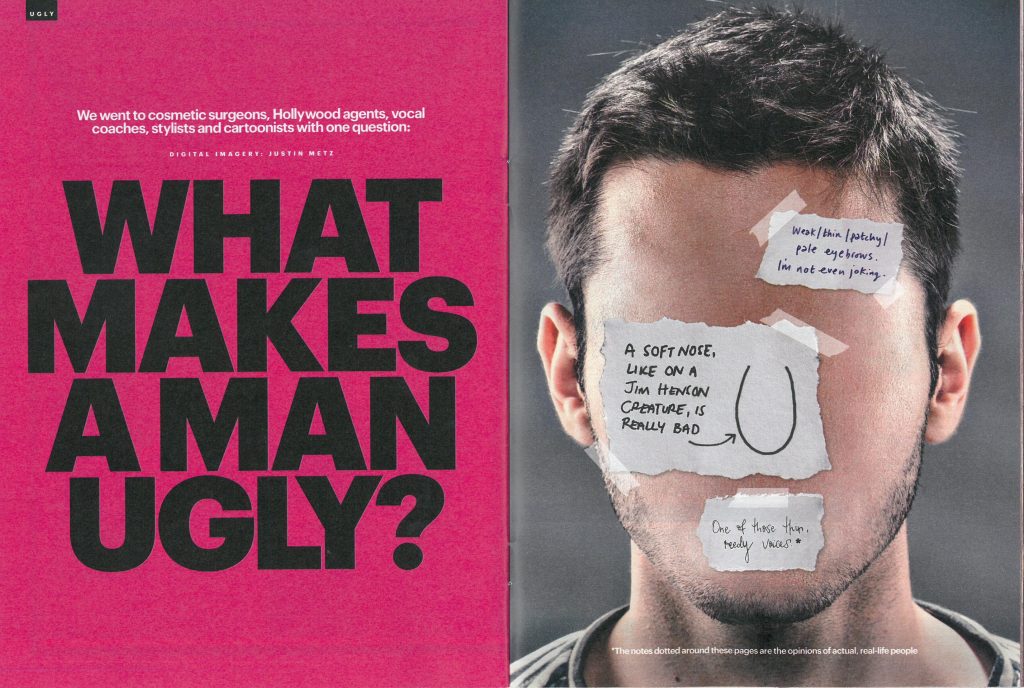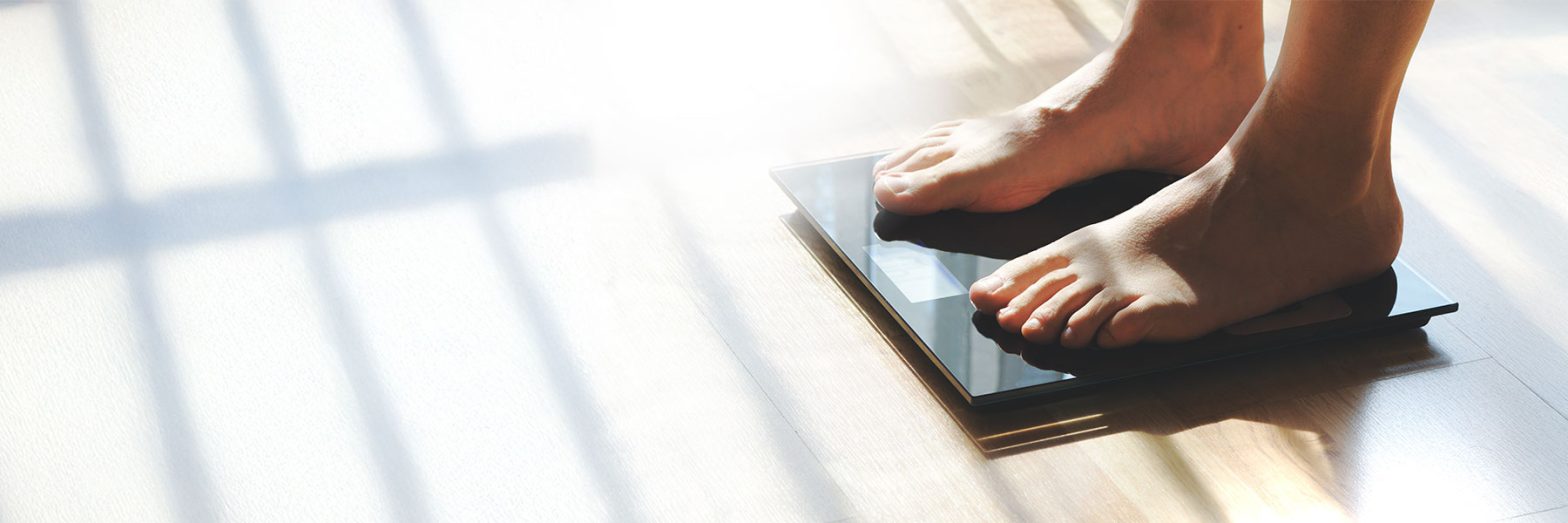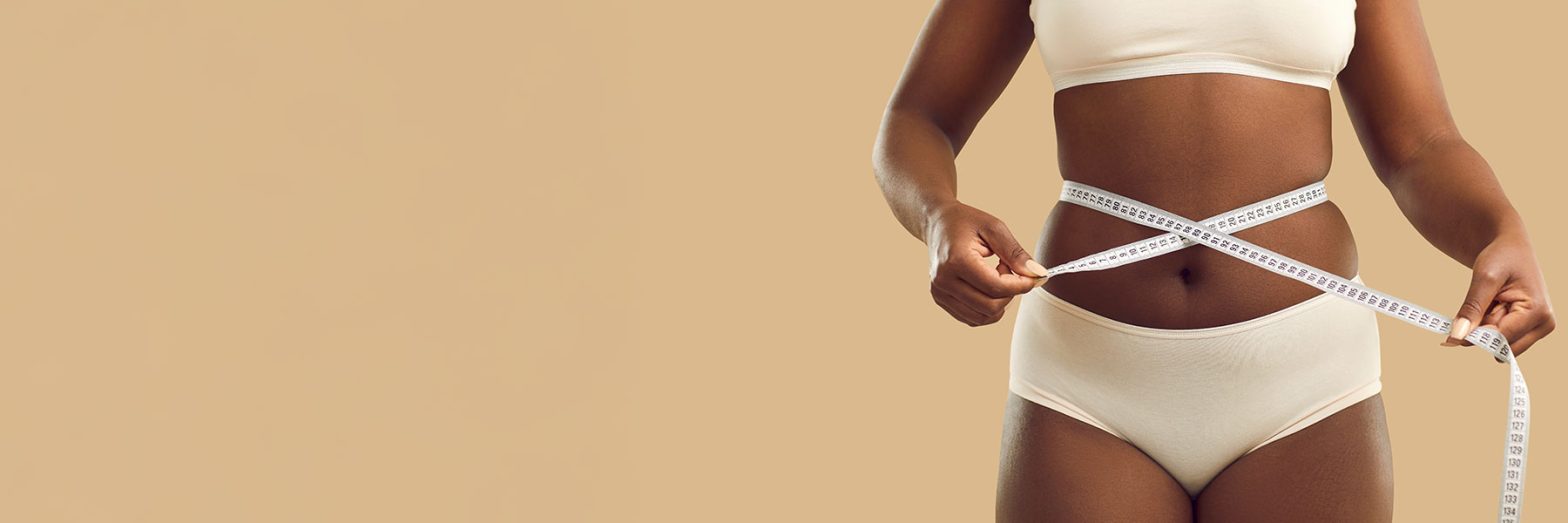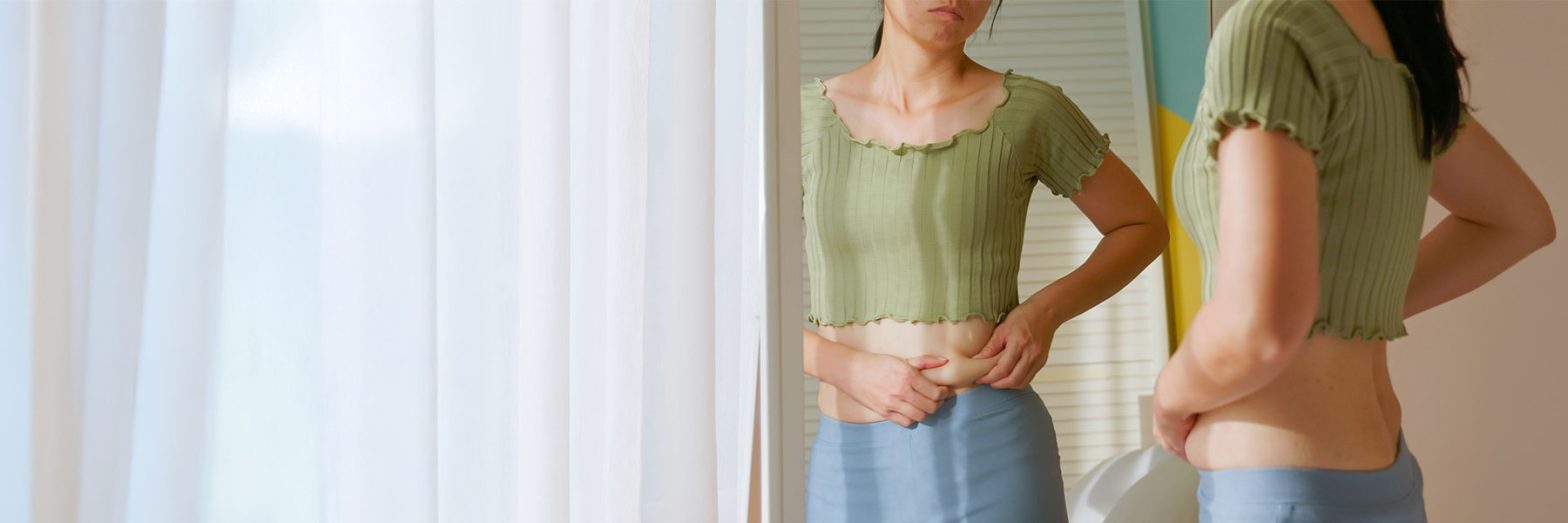
What makes a man ugly?
LIPOSUCTION
ShortList
The five most requested cosmetic procedures for men, according to Harley St consultants.
Man boobs
Dr Dennis Wolf, cosmetic doctor at The Private Clinic
“Advancements in technology mean we can treat men with conditions such as gynecomastia – the enlargement of male breast tissue. It affects more than 15 per cent of adult men in the UK. As you can imagine, it can significantly affect self-esteem. There’s a greater understanding of the treatment options available – and less of a stigma attached to it.”
Tummy Fat
Dr Wolf
“It’s now incredibly common to treat men in their late fifties and early sixties. These are men who’ve maintained healthy, active lifestyles but have reached an age where exercise and diet alone might not be enough to maintain the body shape and contour they once had. For them, Vaser liposuction allows them to achieve the look they’d like, without the need to undergo major surgery.”
Baldness
Dr Wolf
“Hair transplants are among the most common requests we receive. It’s become much more accessible for men. The advancement of follicular unit extraction means that transplants can now be delivered under local anaesthetic, without the need for a hospital stay or lengthy recovery time. Patients can often leave the clinic on the day of treatment and return to work.”
Hairy chest
Samantha Scott, clinic manager at The Private Clinic
“The majority of our male clients tend to have darker and denser patches of hair on the upper body – shoulders and upper chest are extremely common areas to treat. Men can feel exposed or embarrassed if they have very thick or dark hair, particularly in the summer months. Others look to reduce the amount of hair on their body simply because they find it more aesthetically pleasing.”
Veiny legs
Constantinos Kyriakides, consultant vascular surgeon at The Private Clinic
“There’s a common misconception that varicose veins only affect women. In reality, between 25 and 30 per cent of men are affected by them too. I see men in their early twenties, through to those in their sixties and seventies. Many of them are uncomfortable showing their legs in public, particularly those whose veins are very severe.”







